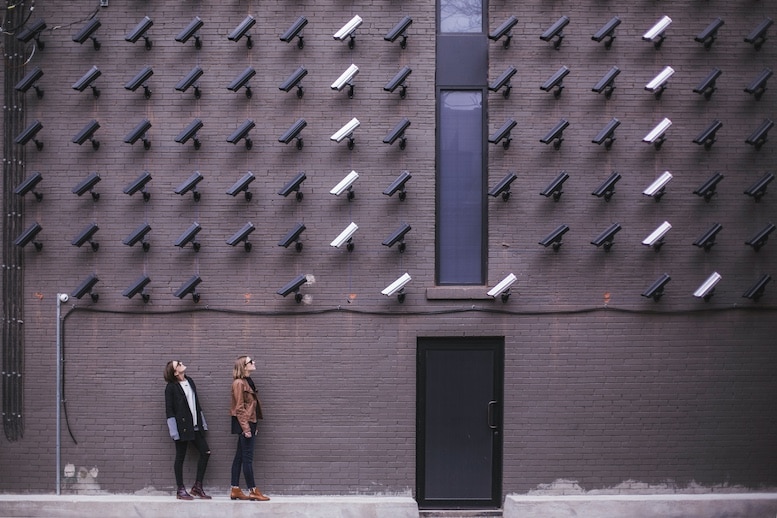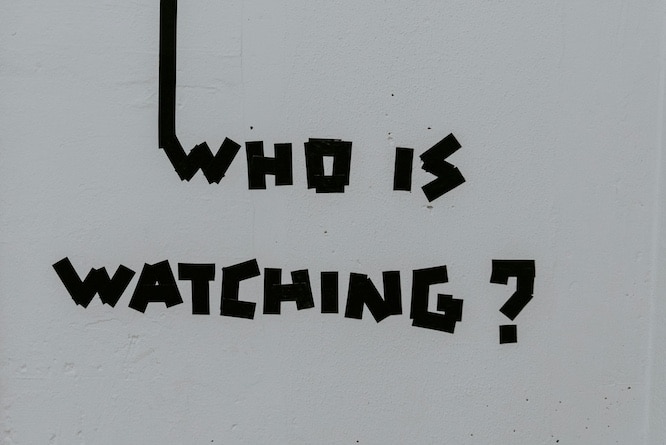Personal Injury Surveillance!
Someone might be following you, watching your every move.
That might sound like something straight out of a spy novel, but technology has made personal injury surveillance easier than ever before.
Although car accident victims in Texas rarely think about it, good attorneys know that surveillance is a reality in many high-stakes personal injury cases. An injured person seeking justice after an accident should be aware that they are likely to face these tactics—especially if the “other side” stands to pay massive damages.
Anyone involved in personal injury cases should know there’s a real possibility that Insurers and defense counsel are watching you to get evidence that will help their case.
Defense attorneys will go to great lengths to locate evidence that they can use to try to convince a jury that an injured person is exaggerating their claims, or worse, lying about them outright. Insurance companies know how surveillance can be as a tool to undermine a claimant’s credibility.
In this article we’ll look at how covert surveillance can be used to harm your personal injury case—and what you can do to make sure that doesn’t happen.
The Surveillance Tools of Attack
In 2024, surveillance tactics have gotten sophisticated. Anyone navigating a personal injury claim needs to understand how they’re used. We’re going to look at three tactics:
- Video Surveillance
- Private Investigation, and
- Social Media Surveillance
Video Surveillance
Video cameras are everywhere. They’re in our cell phones. Stores, gas stations, and restaurants have them running 24 hours a day. Even Austin’s intersections are often monitored by cameras to detect traffic violations.
Defense attorneys and insurance companies count on video surveillance to capture anything that they can use to “catch” claimants. For them, if you are seen engaging in activities that an injured person wouldn’t normally be doing, defense attorneys can argue that you are lying about being injured.
If you are pursuing a claim for personal injury, be aware that you may be under surveillance any time you leave your home. Video cameras have even been set up near claimants’ homes and jobs to give defense attorneys and insurers any evidence harmful to the claimant’s case.
What can you do about it? Not much. In some situations, you and your attorney may have the video evidence excluded from a trial. For instance, if the footage was obtained by trespassing or other illegal means, you can challenge the admissibility of video evidence.
Private Investigation
Private investigators may be hired to secretly monitor and record your daily activities. They may follow you throughout the day, secretly taking photographs or videos, and document any activities that they think harm your personal injury claim.
Whether it’s a visit to the gym or engaging in household chores, any activity that the defense attorney can argue is inconsistent with the reported injuries can be used to challenge the validity of a claim.
Generally speaking, it’s perfectly legal to make a video recording, take still photographs, or follow and observe someone in a public setting. Here are some common places where surveillance footage and photographs may legally be captured:
- Outdoor public spaces (such as a park or sidewalk)
- Public-facing workspace (like a retail job)
- Gyms
- Grocery stores
Surveillance is generally not allowed in private spaces such as homes, restrooms, private offices, and locker rooms. However, traveling to and from these spaces may still be monitored.
The laws regarding audio recordings are more complex. Several states prohibit audio recordings without the consent of the person being recorded.
Surveillance can also include interviews with individuals close to the injured party. Investigators may approach neighbors, family members, and co-workers. This “snooping” is to gather evidence about the injured party’s daily activities and abilities.
Social Media Surveillance
Social media platforms offer a treasure trove of information. If you’re involved in a personal injury case, you can expect investigators and defense lawyers to scour your social media profiles looking for any evidence that contradicts any claims of injury or impairment.
A seemingly innocent post or picture showing you doing something physical can be misconstrued and used against you. Even photos posted years before an accident can sometimes be used against a claimant at trial.
Be mindful of what you post on social media. Avoid posting comments, stories or photos about the accident or your injuries. Set your social media permissions to “private,” so that only trusted friends and family can see them.
Conclusion: Be Careful, And Get Legal Help
In the high-stakes arena of personal injury litigation, defense lawyers and insurance companies may use surveillance tactics. For claimants and their attorneys, awareness of these tactics is important.
The best defense is to remain transparent, truthful, and consistent in your statements regarding any injuries. Any inconsistencies can be exploited by the defense to discredit your case.
At Funk and Associates, our attorneys have a deep understanding of how surveillance is employed and its strategic implications. By navigating this terrain with awareness, transparency, and strategic preparedness, we always strive for a fair resolution that upholds our client’s rights and fully compensates them for their losses. If you have been injured in an accident in Austin, TX, contact us for a free, no-obligation consultation at 512-472-3865.
-width:none!important;background:none!important;}img{max-width:none}</style></div>




